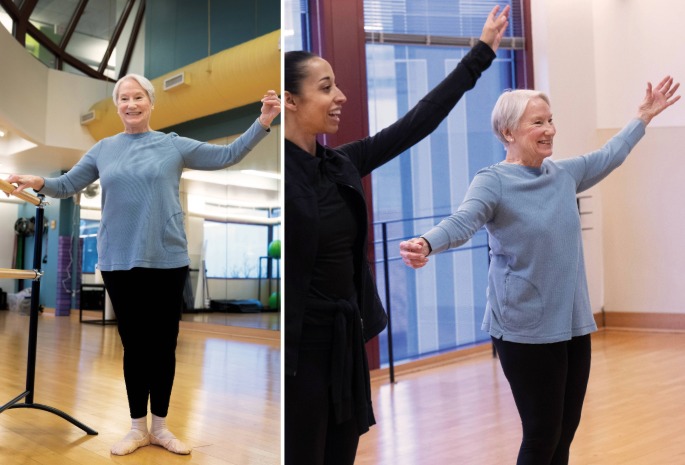Hip replacement surgery is not just for older adults. Patients as young as in their 30s can recover quickly and go on to live more active lives. Recent improvements in surgery processes, equipment, anesthesia and implant devices make recovery quicker and simpler.
For some people, hip replacement surgery when they’re younger can offer relief no other treatment can offer. Take, for example, a 39-year-old former Olympian whose worsening hip pain brought her life to a halt.
It started out in a seemingly harmless way. She noticed occasional tightness and an ache after rigorous training sessions as a teenager. The pain was easy to ignore and write off as a minor nuisance. But over the years, the pain persisted and became an inescapable ache.
She couldn’t walk or stand for very long. This limitation kept her from enjoying her previously active lifestyle and made everyday activities very painful. Physical therapy didn’t help much. Over-the-counter painkillers like acetaminophen barely touched the pain, and she got stomach ulcers from large doses of Advil. Prescription pain medicine helped, but she didn’t want to depend on it to get through the day.
Her current reality couldn’t compare to the active lifestyle she had once enjoyed. So she sought help at Emory Orthopaedics & Spine Center to find a new solution for her hip pain.
Anterior Hip Replacement Surgery Relieved Her Pain
The former Olympian spoke with the orthopaedic surgeons at Emory Healthcare to find the right treatment for her diagnosis and life goals. X-rays revealed hip dysplasia, and early-onset arthritis caused her to lose all the cartilage in her hip joint. Without cartilage to cushion the joint, any movement caused painful bone-on-bone rubbing.
To address the true cause of her pain, her orthopaedic surgeon performed a minimally invasive anterior hip replacement surgery. With this approach, the surgeon makes a smaller cut on the front of the hip to replace the joint.
Surgeons often choose this less-invasive, more advanced technique because it leads to quicker recovery time than surgeries from the side or back of the hip.




